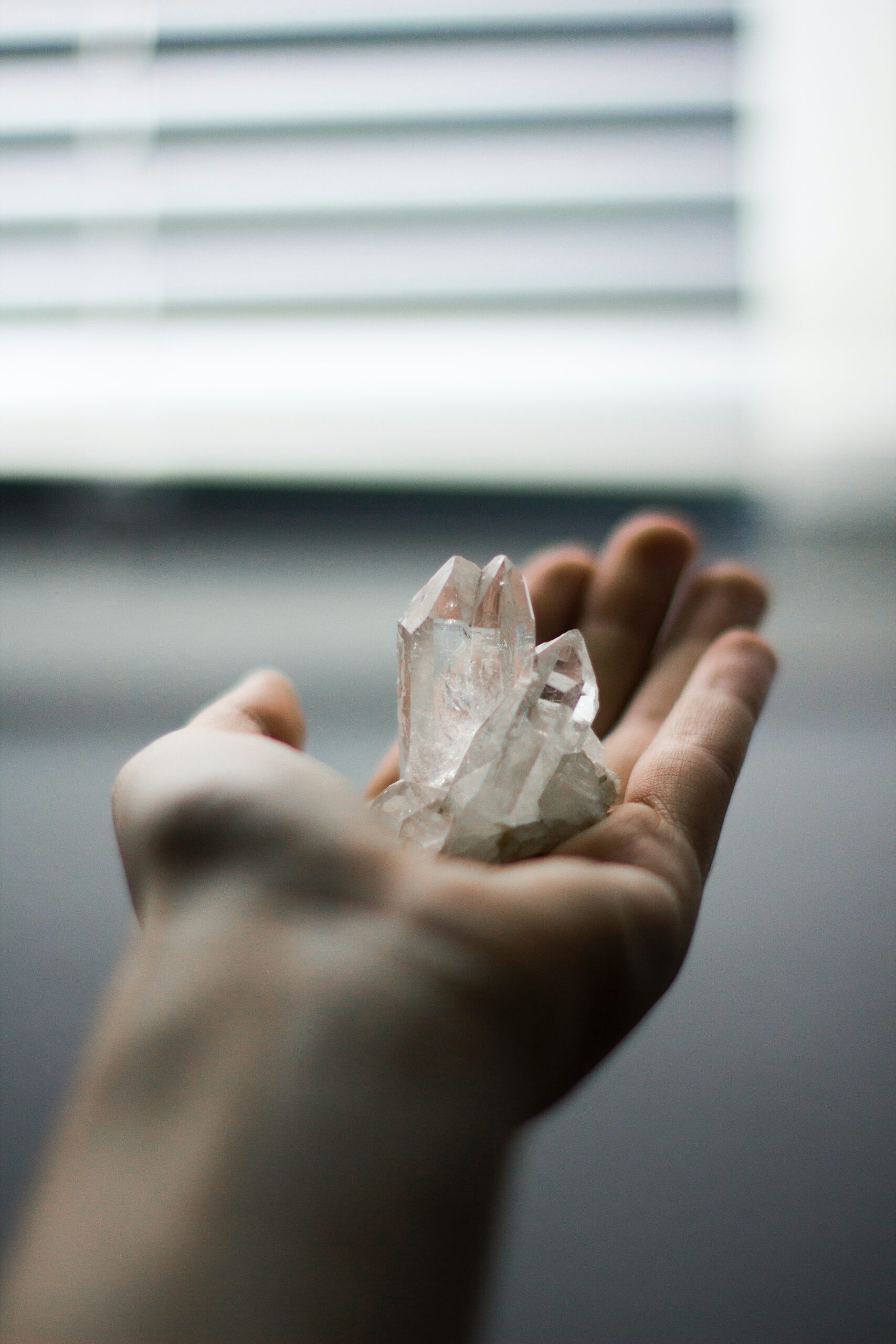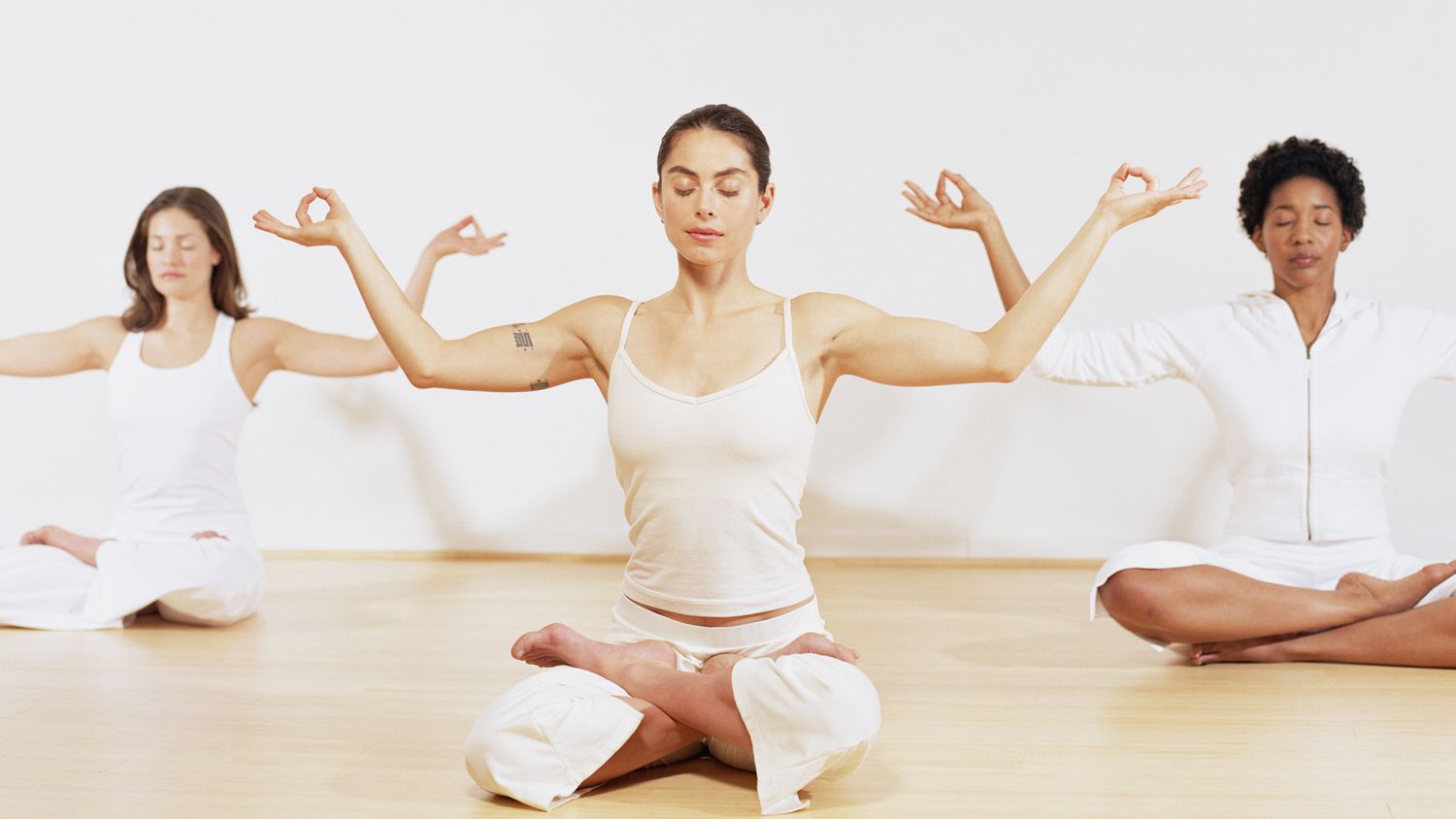Yoga poses can be an excellent complement to climbing exercises. Practicing the proper asana will allow you to stretch and strengthen your body. These postures will also help you to identify footholds. Yin yoga is also helpful because it trains the climber to focus on the present moment and incites the observer. This skill can help climbers approach complex challenges from a higher perspective.
The goal of yoga is to bring awareness to the mind and body. By being aware of your body and its movements, you will know when to push harder or ease up. You will also learn to appreciate your strength. You may notice tension in your face before a particularly intense move. Focusing on the mental state of calmness will help you push past your physical limitations.
Virasana (Hero Yoga Pose)

Virasana is one of the best Yoga asanas for climbers because it stretches the legs, arms, and hamstrings. It also strengthens the core and aids in digestion. It would help if you practiced it twice daily to strengthen your body for climbing demands.
To perform Virasana, you must be able to balance your body weight on your hands. To achieve this:
- Begin with a kneeling position.
- Bend your knees and bend your hips. You can offset the weight of your heels by putting your hands on your knees.
- Hold this position for at least ten breaths.
It helps strengthen the knees and improves circulation in the legs.
Virasana is a high-kneeling pose. Bend the right knee 90 degrees and place the right palm on it. Place your hands equal to the height of your shoulders and hold this pose for about ten to fifteen seconds.
Virasana is a great way to stretch the spine. It also helps you open your chest. It also releases stress. Climbers who practice yoga daily find it more comfortable to climb. They also have calm minds, which is crucial to their safety and ability to climb. Yoga helps climbers connect to their core and gravity. This connection will help them reach their goals and improve their physical condition.
Tadasana (Mountain Yoga Pose)

Tadasana is a great asana for climbers because it is an excellent balance pose. Climbers need a good foundation and strength to stay balanced and safe while climbing. This asana is also known as the “mountain pose” and helps build strength in the arms and spinal cord.
To start practicing Tadasana:
- Take a deep breath and stretch your shoulders up and down.
- Ensure that your arms are relaxed.
- Hold the pose for ten to twenty seconds or as long as you like. If you experience pain in your knees, keep your knees slightly bent and try practicing with closed eyes.
Bharmanasana (Table Top Yoga Pose)

Bharmanasana is one of the essential Yoga Asanas for climbers. It helps climbers open up their hips, thighs, and knees. The meditative aspect of this asana allows it to work the legs and strengthen the core. Bharmanasana strengthens the back, glutes, and shoulders and is a valuable asana for asthmatics. They also strengthen the back, glutes, shoulder muscles, and torso.
It is a yoga asana that stretches the arms and shoulders. It also strengthens the core. To perform the asana, you must lie on your belly with arms in a “T” position. Inhale deeply through your nose and extend your arms overhead. Bend your knees and push your heel into the floor. Hold this asana for at least ten breaths. It will stretch the muscles in the arms and legs and help you improve your circulation.
This pose is perfect for climbers. Climbers must be strong and flexible to be able to balance. In addition to strengthening their muscles, Bharmanasana also builds their self-confidence. It also helps climbers stay calm during difficult situations and challenges. These benefits of yoga should make climbers want to try the practice.
Ardha Hanumanasana (Half Monkey Pose)

Ardha Hanumanasana is an intense yoga posture for climbers. It strengthens the lower back muscles and improves balance. It also works the deep abdominals.
To practice Ardha Hanumanasana:
- Start by lowering the left knee to the floor.
- Walk with both hands on the right foot.
- From here, turn your right toes toward the upper right corner of the mat.
- Shift your hips and peel the right foot’s sole away from the floor.
Practice with effort. While practicing with effort, avoid tension, as tension is not healthy. It can result in injury. Balance is essential in climbing. You need to be able to reach tiny holds and stay on the rock without slipping. Climbers should practice yoga to increase their balance, strength, and concentration.
As a beginner, Ardha Hanumanasana can be an excellent place to start. It will help you remain in the pose without risking injury. You can also use it as a transition between forward bend and balancing.
Climbers must practice yoga to stay fit and healthy. Not only will they become physically stronger, but they will become mentally more stable. Using yoga asanas, climbers will become more confident at high heights and stay calm. The practice will also improve their sense of balance and improve their power-to-weight ratio.
Anjaneyasana (High Lunge Pose)

If you’re a climber, Anjaneyasana is an excellent choice for you. This pose helps you develop your core strength and reduces the risk of injury. It also helps you improve your flexibility. It works your shoulders, arms, and lower back.
The back knee position is a crucial part of this asana. You should be able to hold this position for five to 10 breaths, depending on your flexibility and the pose that you are doing. When holding the pose, keep an even curve throughout your spine. A common mistake is to bend only in the neck or lower back. It would help if you also focused on your thoracic spine while pulling your arms back.
Eka Pada Rajakapotasana (King Pigeon Yoga Pose)

Whether a climber or looking to open up your pelvis, you should try Eka Pada Rajakapotasana. This yoga pose opens the hip joints, relaxes the hip flexors, and decompresses the spine. You can also practice this pose to overcome urinary disorders and stimulate your internal organs.
Eka Pada Rajakapotasana also known as Pigeon King Pose is an advanced-level seated back bending asana. It improves pelvic and groin flexibility and works on the twisting of the torso.
For climbing, you need to strengthen the back and shoulders, so you need an asana that will help your back stay strong and limber. This pose also strengthens the forearms and wrists. It also increases your body awareness, which is essential for climbing. It allows you to maintain the proper posture and balance and feel your power-to-weight ratio.
Eka Pada Rajakapotasana is a powerful yoga pose that requires a slight backbend. The back, legs, and hips stretch to develop flexibility in the chest, front hips, and quadriceps. This pose is difficult to hold for very long, so practice breathing deeply with your mouth closed to increase your flexibility.
It is a great way to warm up before climbing. It warms your joints and gets your heart pumping, preventing extreme muscle cramps. They also help stretch your thighs and lower body.
Conclusion
Yoga is a valuable tool for climbers to improve their balance, stability, and flexibility. Climbers can avoid joint injuries and other ailments by improving their proprioception. Proprioception is the ability to recognize the body’s movement and detect and correct imbalances in the muscles and joints. Whether you climb on a rock wall or in a rock gym, yoga can help you improve your proprioception.
Climbers should practice yoga consistently to improve their flexibility. Yoga builds core strength, promotes balance, and calms the mind. It also teaches climbers how to be present in their bodies. Climbers should do these poses in the suggested order, but it is best to “flow” through the sequence.








